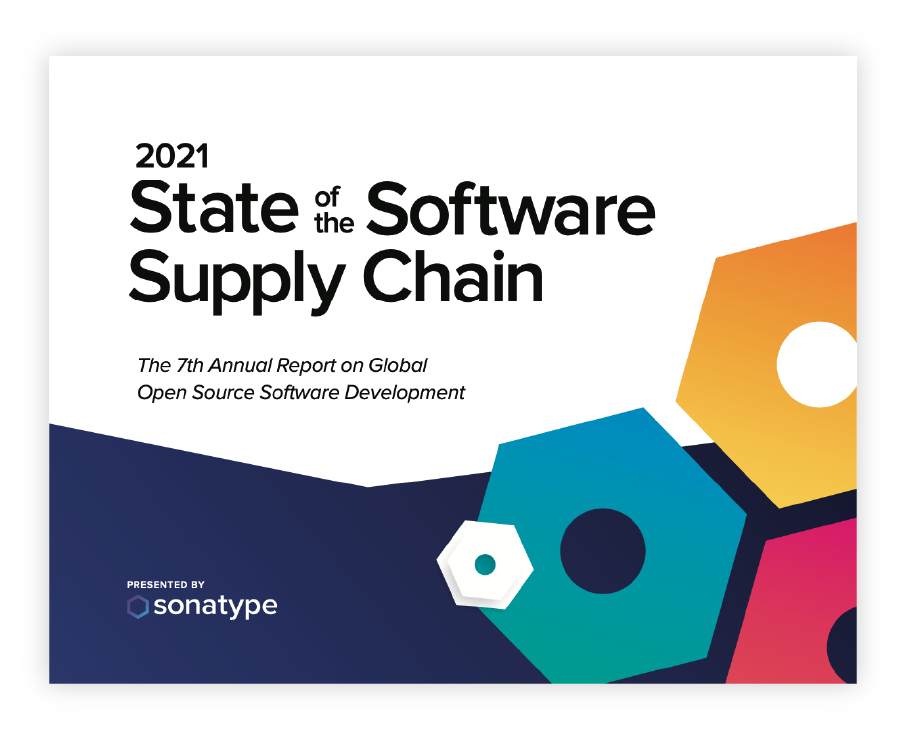Is the “Barium” hacking collective Chinese? Russian? North Korean? It really doesn’t matter. What we know for sure is that their tactics are new, pervasive, and exceptionally dangerous.
Barium’s tactics are detailed in Wired’s article, “A Mysterious Hacker Group is on a Supply Chain Hijacking Spree”. Barium skips past the pilfering of passwords or credit cards and instead goes directly to supplier-side malicious code injection. This approach emphasizes mass infiltration, mass surveillance, and then orchestrated, targeted attacks on trusted software supply chains. This team of adversaries is upping their game to create much more efficient attacks with higher returns.
Control Everything and Everyone
Adversaries have one core motivational commonality: they want to “own” (control and manipulate) everything. The larger the target, and the more disruptive the consequences, the better.
Most companies underestimate their attack surface, putting mission-critical software supply chains at risk. With no exaggeration this can mean life or death. Who, for example, has access to transportation networks, healthcare devices, defense systems, and energy production?
Easy Target: Every Point Along Your Supply Chain
Barium’s massive reach means it may already be in your software supply chain, with code that is awaiting instructions -- begging the question, who else might be trying to breach your supply chain?
In this recent article, “Most Businesses Vulnerable to Supply Chain Cyber Attacks,” Warwick Ashford responds to a new report put out by Accenture. He’s not wrong. Most businesses are woefully unprepared for cybersecurity incidents because they are operating with outdated security models. Once it was enough to protect your business with a network firewall and password-protected devices. Today everything is cloud-based, software-driven, and porous. Security must be built in from the ground up. Those operating without the mantra secure by design are boosting their exposure to adversaries.
Barium’s success rests on the normalized behavior of software updates. Similarly, in the world of open source software projects, we’ve increasingly seen the trust of the community preyed upon. Bad actors are attacking software supply chains, and poisoning the well. Smaller, yet popular projects, with only one or two owners, are finding themselves as targets for infiltration.
The ramifications are staggering. Your physical supply chain is comprised of software at every step. The vulnerabilities expand with every added contractor, every new device, every application update and every software build.
To protect your physical supply chain you need to protect your software supply chain.
The Value of a Software Bill of Materials
At Sonatype, we’re often asked where one should start to better understand their software supply chains. Our answer is consistent and simple: start by producing a Software Bill of Materials -- often referred to as an SBOM. Within seconds, free tools that produce an SBOM can tell you what open source software components your development teams are using. The SBOM can also describe which of those components have known security vulnerabilities or license risks.
Running an SBOM will reveal a few things to you. The average application contains over 100 open source software components. Of these 100 components, you are likely to find 6 - 12 that have at least one vulnerability. And creating an SBOM report for your applications, takes about 5 - 10 seconds on average.
If you would like to see what is inside your application, use our free service: Nexus Vulnerability Scanner. Knowing what’s in your applications is the first step to better understanding your software supply chains.







